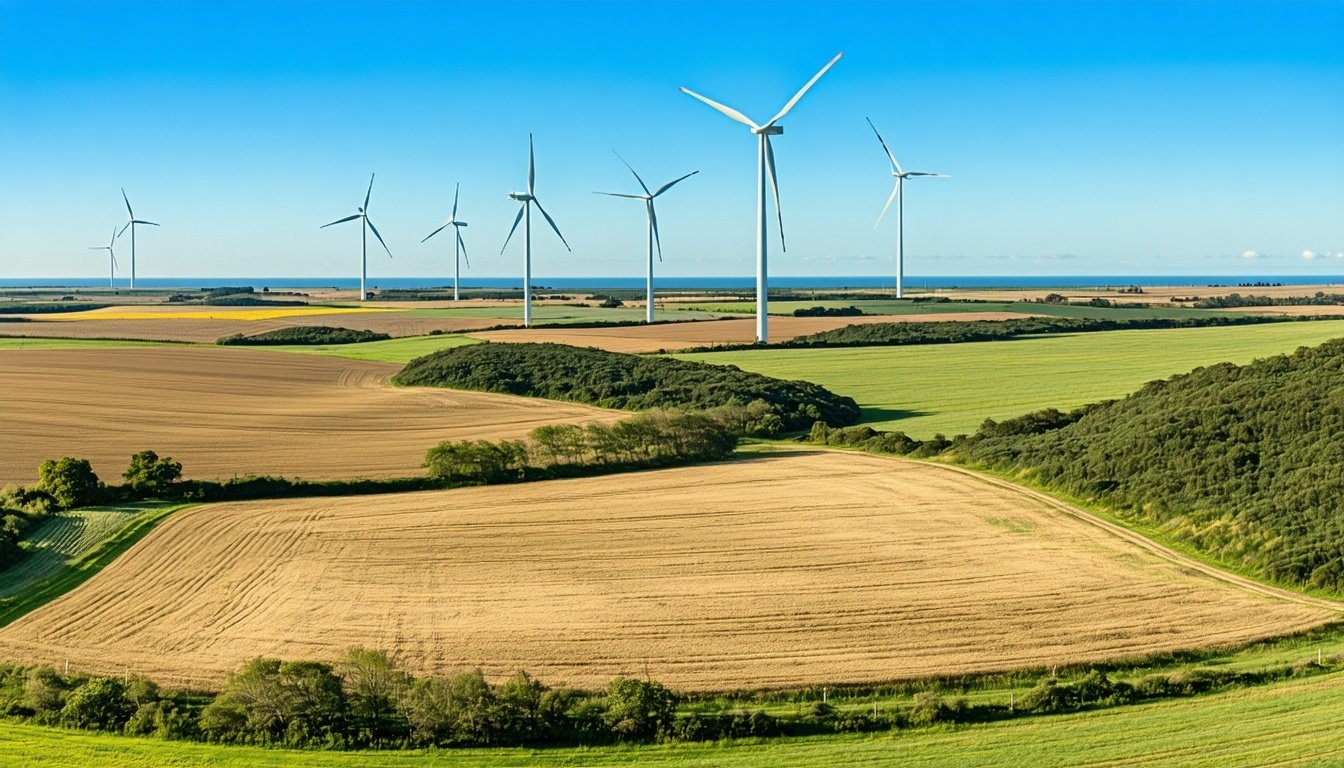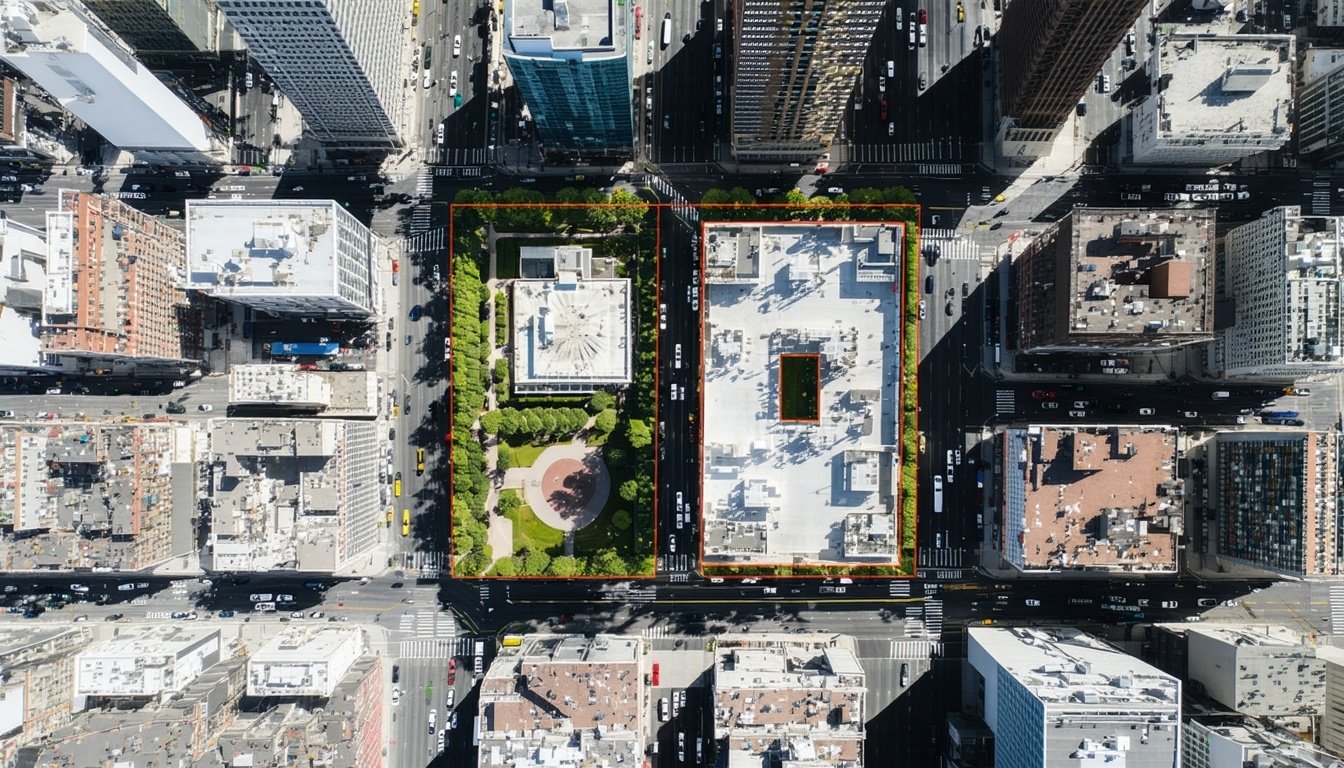Viewshed analysis is a powerful tool that aids in the strategic planning and approval of renewable energy and infrastructure projects by assessing visual impacts and smoothing the path for development.
Why renewable energy projects often require viewshed analysis
Renewable energy projects, such as wind farms and solar farms, are crucial for the sustainable future of our planet. However, these projects often come with significant visual impacts on the surrounding landscapes. Viewshed analysis is a critical tool used in the planning stages of these projects to assess and mitigate these visual impacts.
Viewshed analysis involves using geographic information systems (GIS) to map and analyse the visibility of the proposed structures from various viewpoints around the site. This helps project developers understand how much of the project will be visible and from where, allowing them to make informed decisions about the placement and design of the structures to minimise visual intrusion.
How wind farms and solar farms impact surrounding landscapes
Wind farms and solar farms, while beneficial for generating clean energy, can have a significant impact on their surrounding landscapes. Wind turbines, for instance, are tall structures that can be seen from great distances. Similarly, large arrays of solar panels can alter the visual character of rural or natural landscapes.
These visual changes can lead to community objections, as residents and stakeholders may be concerned about the aesthetic impact on their environment. By conducting a thorough viewshed analysis, project developers can identify potential issues early and work on strategies to mitigate these impacts, such as adjusting the layout or implementing visual screening measures.
The role of viewshed analysis in major infrastructure approvals
In addition to renewable energy projects, viewshed analysis is also essential in the approval process for large infrastructure developments. Whether it's a new highway, bridge, or high-rise building, understanding the visual impact on the surrounding area is crucial for gaining planning approvals.
Regulatory authorities and community stakeholders often require detailed viewshed reports to assess the potential visual impacts. These reports provide a clear and objective analysis of how the project will be seen from different vantage points, helping to address concerns and support informed decision-making.
How accurate analysis reduces objections and legal risks
Accurate viewshed analysis is key to reducing community objections and legal risks associated with renewable energy and infrastructure projects. By providing clear and detailed visual impact assessments, developers can demonstrate their commitment to addressing community concerns and ensuring that the project integrates harmoniously with its surroundings.
This proactive approach helps to build trust with stakeholders, reduces the likelihood of legal challenges, and supports smoother planning approvals. In turn, this ensures that projects can move forward without unnecessary delays, saving time and resources for developers.
Why Certified Energy supports renewable energy projects with viewshed analysis
At Certified Energy, we understand the importance of comprehensive viewshed analysis for the successful planning and approval of renewable energy and infrastructure projects. Our team of experts is equipped with the latest GIS technology and industry knowledge to provide accurate and reliable viewshed reports.
We are committed to supporting sustainable development by helping our clients navigate the complexities of visual impact assessments. By partnering with us, project developers can benefit from our extensive experience in environmental sustainability design consultancy, ensuring that their projects meet regulatory requirements and gain community support.







